So I'm fairly new to electronics and I wanted to make a boost converter. I was trying to get 360 V from 9 V and ran my circuit through LTSpice and EveryCircuit but it didn't seem to work.
It's a typical boost converter setup and I just have the question - Can a charged inductor discharge current to a capacitor (connected via a diode so it doesn't oscillate)? And if so, is there a limit?
Q1 (transistor) is still to be decided and R5, R6, and C3 will depend on how fast I need to switch it, so any suggestions on that would also be really helpful.

